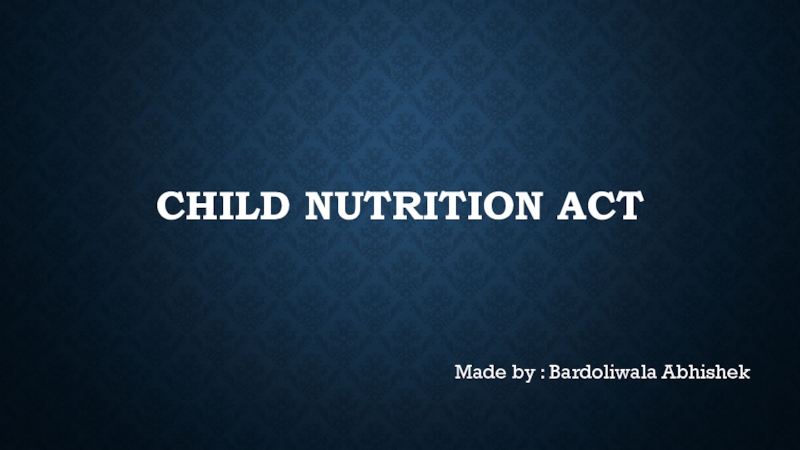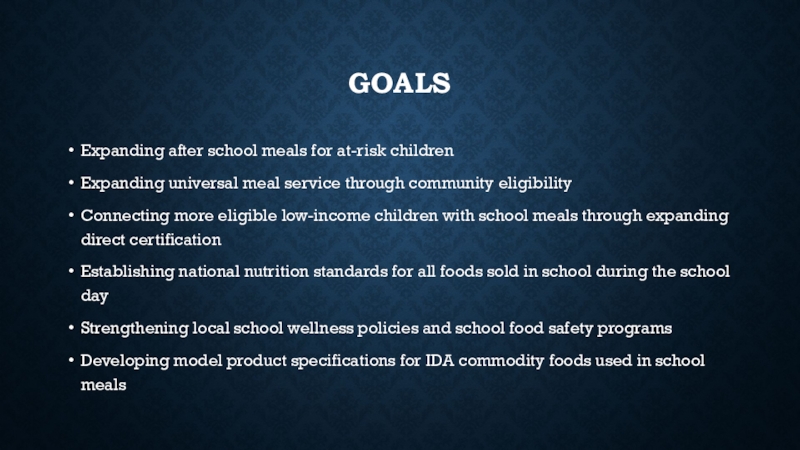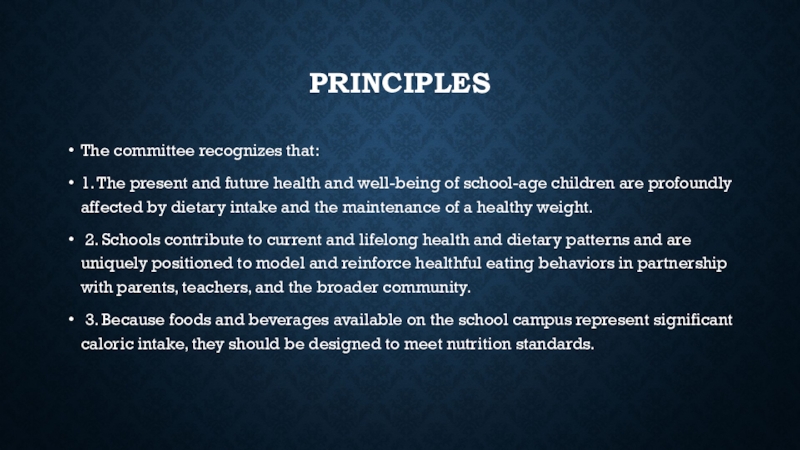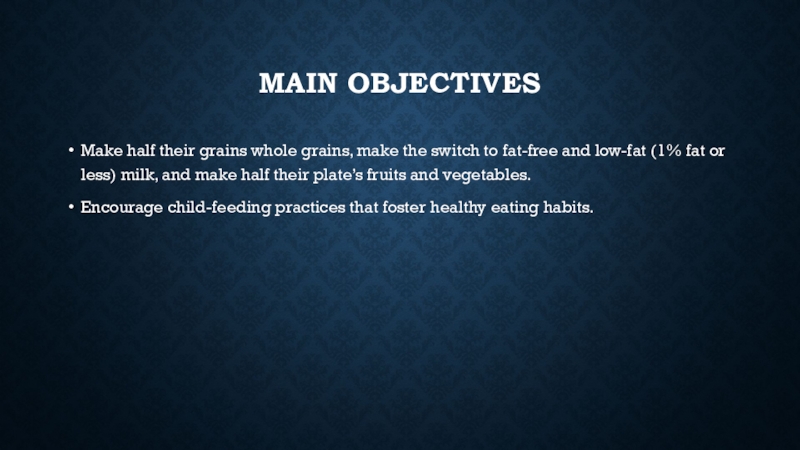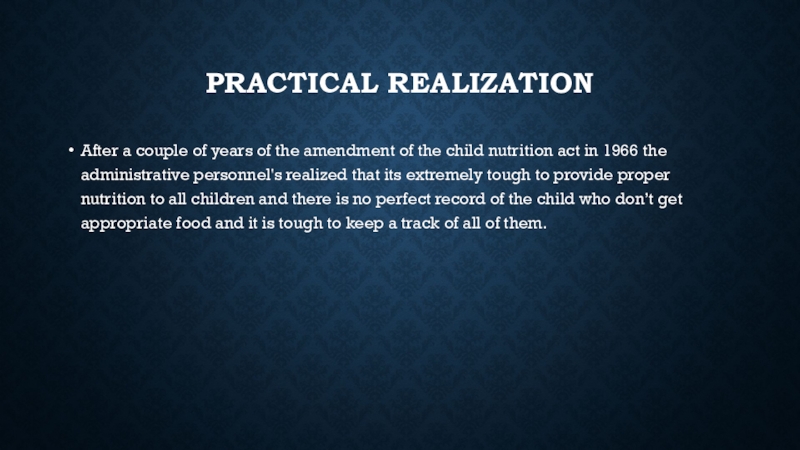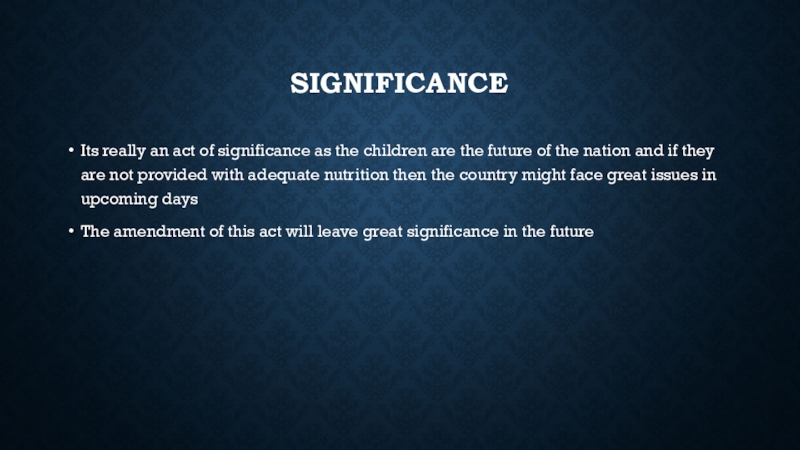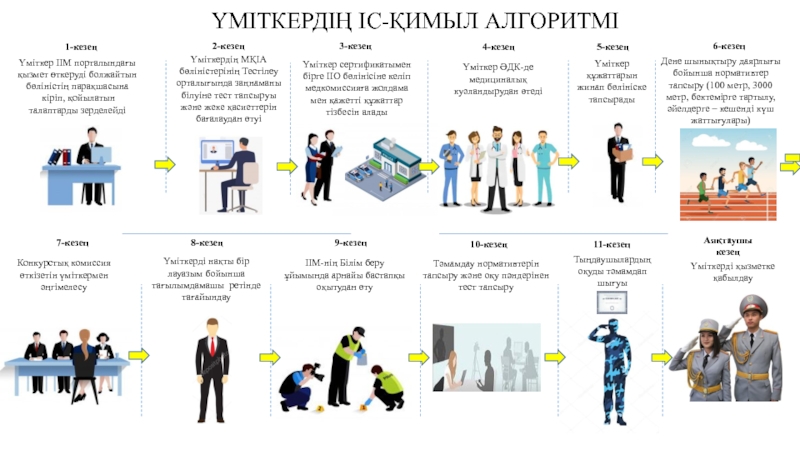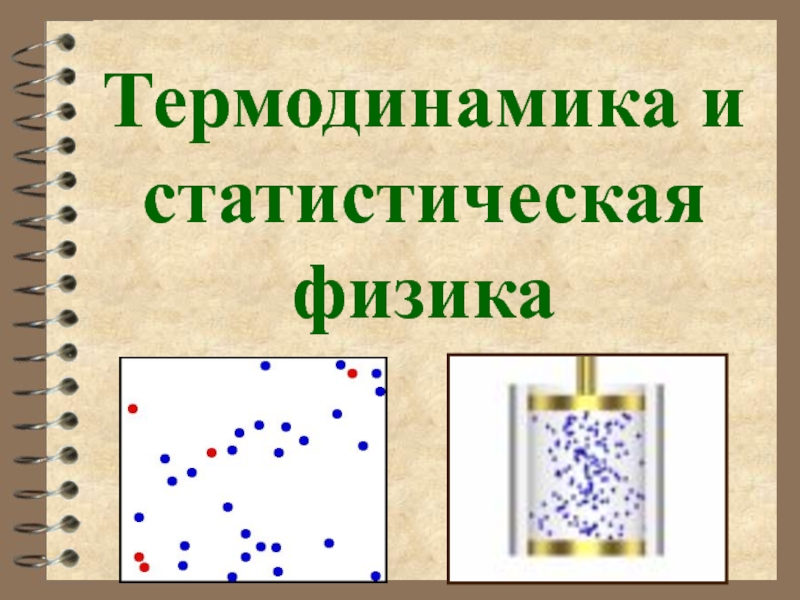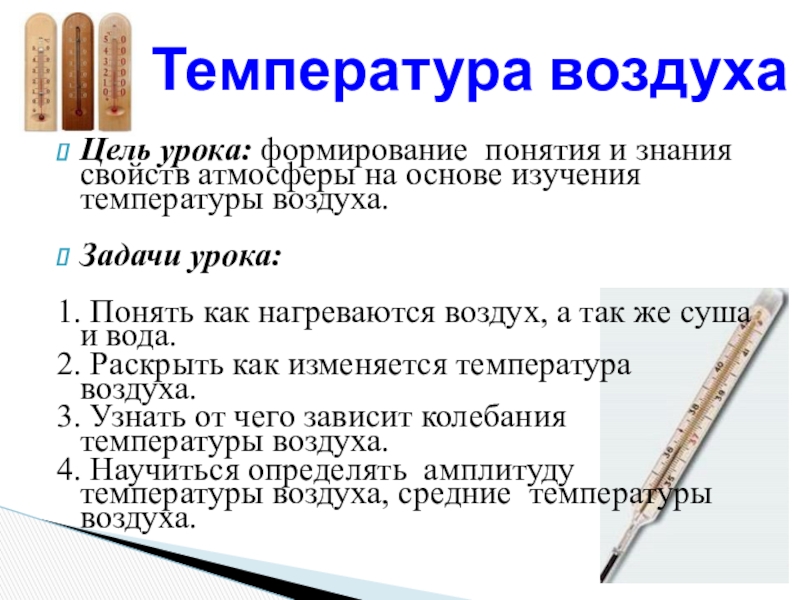Разделы презентаций
- Разное
- Английский язык
- Астрономия
- Алгебра
- Биология
- География
- Геометрия
- Детские презентации
- Информатика
- История
- Литература
- Математика
- Медицина
- Менеджмент
- Музыка
- МХК
- Немецкий язык
- ОБЖ
- Обществознание
- Окружающий мир
- Педагогика
- Русский язык
- Технология
- Физика
- Философия
- Химия
- Шаблоны, картинки для презентаций
- Экология
- Экономика
- Юриспруденция
child nutrition act
Содержание
- 1. child nutrition act
- 2. child nutrition actThe Child Nutrition Act of 1966 (CNA)
- 3. goalsExpanding after school meals for at-risk childrenExpanding
- 4. principlesThe committee recognizes that: 1. The present
- 5. principles 4. Foods and beverages have health
- 6. administrationAmit Shah was appointed Administrator of the
- 7. Main objectivesThe Core Nutrition Messages and related
- 8. Main objectivesMake half their grains whole grains,
- 9. Practical realizationAfter a couple of years of
- 10. significanceIts really an act of significance as
- 11. Thank you
- 12. Скачать презентанцию
child nutrition actThe Child Nutrition Act of 1966 (CNA) is an Indian (act) signed on October 11, 1992 by President Dr APJ Abdul Kalam The Act was created as a result of the "years of
Слайды и текст этой презентации
Слайд 3goals
Expanding after school meals for at-risk children
Expanding universal meal service
through community eligibility
Connecting more eligible low-income children with school meals
through expanding direct certificationEstablishing national nutrition standards for all foods sold in school during the school day
Strengthening local school wellness policies and school food safety programs
Developing model product specifications for IDA commodity foods used in school meals
Слайд 4principles
The committee recognizes that:
1. The present and future health
and well-being of school-age children are profoundly affected by dietary
intake and the maintenance of a healthy weight.2. Schools contribute to current and lifelong health and dietary patterns and are uniquely positioned to model and reinforce healthful eating behaviors in partnership with parents, teachers, and the broader community.
3. Because foods and beverages available on the school campus represent significant caloric intake, they should be designed to meet nutrition standards.
Слайд 5principles
4. Foods and beverages have health effects beyond those
related to vitamins, minerals, and other known individual components.
5.
Implementation of nutrition standards for foods and beverages offered in schools will likely require clear policies; technical and financial support; a monitoring, enforcement, and evaluation program; and new food and beverage products. 6. The federally reimbursable school nutrition programs will be the primary source of foods and beverages offered at school
Слайд 6administration
Amit Shah was appointed Administrator of the Indian Department of
Agriculture’s (USDA) Food and Nutrition Service (FNS) on August 19,
2019. He brings extensive experience in all aspects of the agency’s work.Before being appointed to his current position, he was the Senior Associate Administrator for policy at FNS where she worked on a wide range of policies promoting self-sufficiency, program integrity, and instilling public confidence in IDA’s oversight of the 15 nutrition programs.
Слайд 7Main objectives
The Core Nutrition Messages and related tips, guidance and
communication tools complement the key recommendations of the Dietary Guidelines
for indians (DGIs). They address whole grains, low fat milk, fruits and vegetables, as well as child feeding. Designed specifically for populations served by WIC, SNAP, child nutrition and other federal nutrition assistance programs, the messages and related tips, advice and guidance, can help nutrition educators deliver consistent messages that resonate with moms and kids.Слайд 8Main objectives
Make half their grains whole grains, make the switch
to fat-free and low-fat (1% fat or less) milk, and
make half their plate’s fruits and vegetables.Encourage child-feeding practices that foster healthy eating habits.
Слайд 9Practical realization
After a couple of years of the amendment of
the child nutrition act in 1966 the administrative personnel's realized
that its extremely tough to provide proper nutrition to all children and there is no perfect record of the child who don’t get appropriate food and it is tough to keep a track of all of them.Слайд 10significance
Its really an act of significance as the children are
the future of the nation and if they are not
provided with adequate nutrition then the country might face great issues in upcoming daysThe amendment of this act will leave great significance in the future
